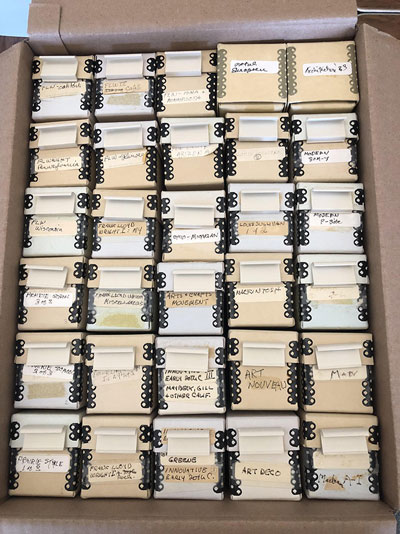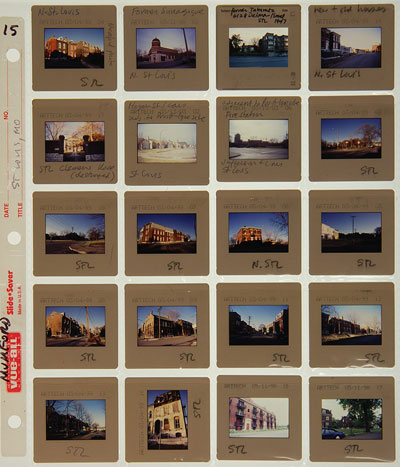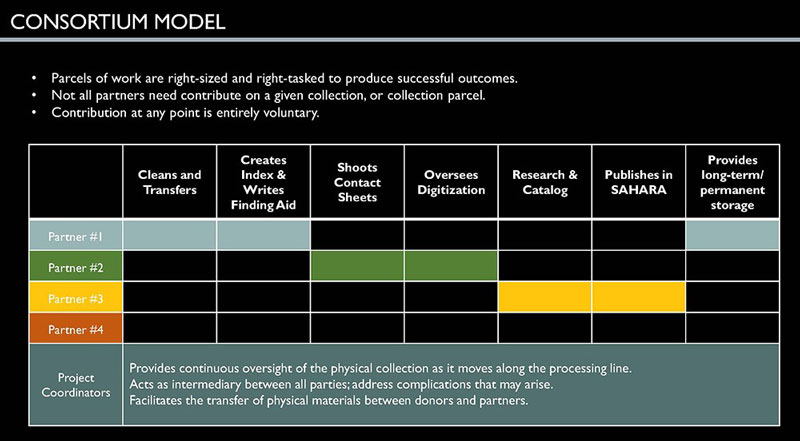-
Membership
Membership
Anyone with an interest in the history of the built environment is welcome to join the Society of Architectural Historians -
Conferences
Conferences
SAH Annual International Conferences bring members together for scholarly exchange and networking -
Publications
Publications
Through print and digital publications, SAH documents the history of the built environment and disseminates scholarship -
Programs
Programs
SAH promotes meaningful engagement with the history of the built environment through its programsMember Programs
-
Jobs & Opportunities
Jobs & Opportunities
SAH provides resources, fellowships, and grants to help further your career and professional life -
Support
Support
We invite you to support the educational mission of SAH by making a gift, becoming a member, or volunteering -
About
About
SAH promotes the study, interpretation, and conservation of the built environment worldwide for the benefit of all
An Experiment in Partnership: Building a Processing Consortium
Jan 19, 2022
by
SAH News
This article originally appeared in the Society of California Archivists Newsletter (Number 181, Winter 2022) and is republished here with permission.
The Society of Architectural Historians (SAH) in collaboration with the University of California, and with support from the National Endowment for the Humanities, is working on a new approach to partnership-based preservation. Through the development of a processing consortium, the project directors, (Sonja Sekely-Rowland, UC Riverside, and Jackie Spafford, UC Santa Barbara) look to mitigate the factors that otherwise impede the preservation of significant 35mm slide collections through a scalable model that can accommodate the needs of multiple partners and collections.
Over the years, SAH has received numerous inquiries from members concerned about the fate of their 35mm slide collections. These members—historians, architects, preservationists, researchers, and other practitioners—amassed extensive slide collections that documented the built environment. In addition to photographing iconic architecture, SAH members often gained access to sites that were off-limits to most visitors, or captured views that have since been greatly altered or destroyed.
SAH has no on-site storage or funds to dedicate to collection preservation or processing. However, through its digital architecture archive, SAHARA, and its asset management component, JSTOR Forum, SAH provides its members with a platform for digital storage, cataloging, and online discovery. SAH members contribute to SAHARA themselves, by uploading files, cataloging using a simplified interface based VRA 4.0 that utilizes the GRI’s controlled vocabularies, and publishing online. It is a self-service model that works well for contributors with digital files, and who have time to spend on light cataloging. But members with analogue slides frequently have no means for digitizing or describing their collections. Often, these members are elderly or retired, and no longer have access to institutional support. In some cases, family members or colleagues of deceased members reach out, anxious to find a home for a collection.
A survey of SAH members in 2013 identified over 60 collections of significance, which represents just the tip of the iceberg. The collections vary widely in size, scope and quality, and include highly focused research collections, documentation of international SAH study tours, and others with a primarily pedagogical focus.

Jean France slides, Box 1 of 2, research and pedagogy collection (as received)
In 2020 SAH, in partnership with image curators at UC Riverside and Santa Barbara, received an NEH-funded Humanities Collections and Reference Resources Program grant to study the problem at length. The core concept of the proposal recognizes the potential of community to address preservation needs as no one individual or institution can tackle a problem of this magnitude. The goals of the NEH grant are twofold: identification and prioritization of those collections that urgently need care; and the development of a processing consortium that can advance those needs by offering flexible workflows and commitments of limited scope.
The project envisions a workflow that advances collection processing by moving tasks along an assembly line of consortium partners. These tasks may include some or all of the following: organization, transfer to archival housing, preparation of a finding aid, production of digital contact sheets, and eventually, item level digitization, cataloguing and sharing via SAHARA and other platforms. The collections can be taken as a whole, or as subsets as small as 100 slides.

Digital Contact Sheet from a collection documenting Saint Louis, MO
Initial work includes documenting the needs of a handful of collections identified early in the grant that are well-suited to the processing/sharing model, and the identification of subject content that can logically be parceled to produce desirable subsets for partners. In the interim, these sample collections are housed at UCR and UCSB where graduate fellows are engaged in various stages of preparation: transfer to archival housing, preparation of collection-level finding aids, and photography of digital contact sheets. The intent is to provide clear information about subject content and processing needs so partners are able to make informed decisions about participation.
To further facilitate collaboration, the consortium can share an internship plan which serves as a ready-to-go outline, or a customizable template, and has been modeled after successful credit-bearing academic internships at UCR and UCSB.
The partner-based model provides multiple benefits for both private and public interests. Through surveys, conference presentations, and listserv outreach, the project directors have been developing a growing consortium of interested partners. Participation has the potential to advance collection preservation and access goals, increase institutional awareness and visibility through expanded outreach, and support the development of pre-professional skills-building opportunities. It also offers the means to build local collections that align with institutional missions and priorities, your own interests, or the interests of your faculty or audience.

Consortium model showing a sample distribution of workflow parts
If you are interested in learning more, please fill in our short survey, and do contact us with questions.
Sonja Sekely-Rowland
Curator, Visual Resources Collection
University of California, Riverside
sonja.sekely@ucr.edu
Jackie Spafford
Curator, Image Resource Center
University of California, Santa Barbara
spafford@ucsb.edu



